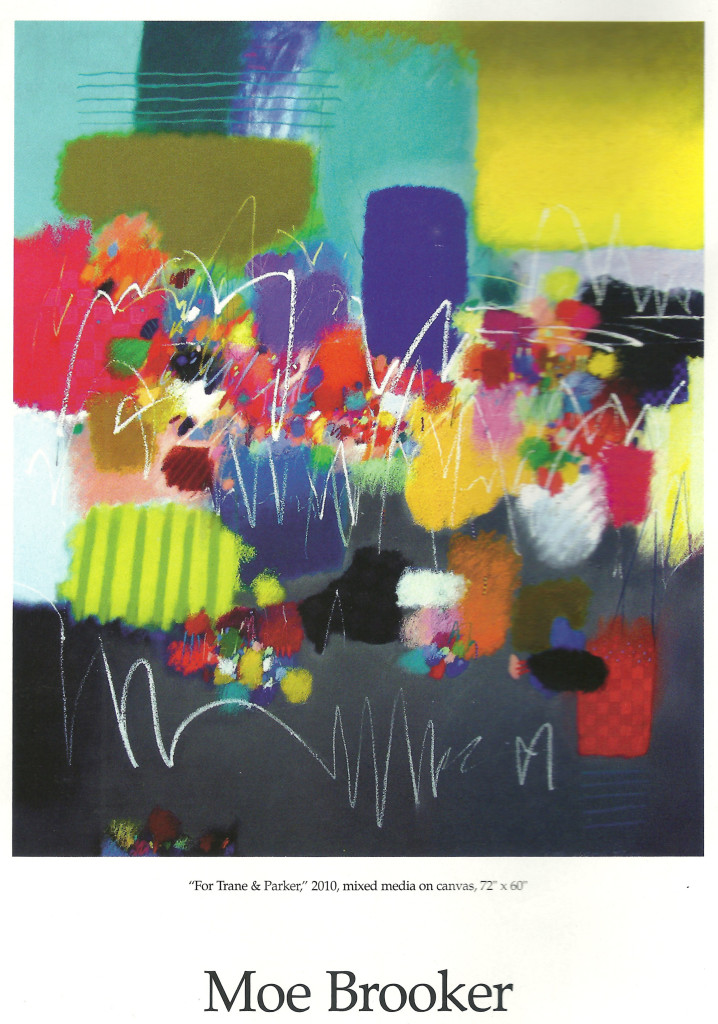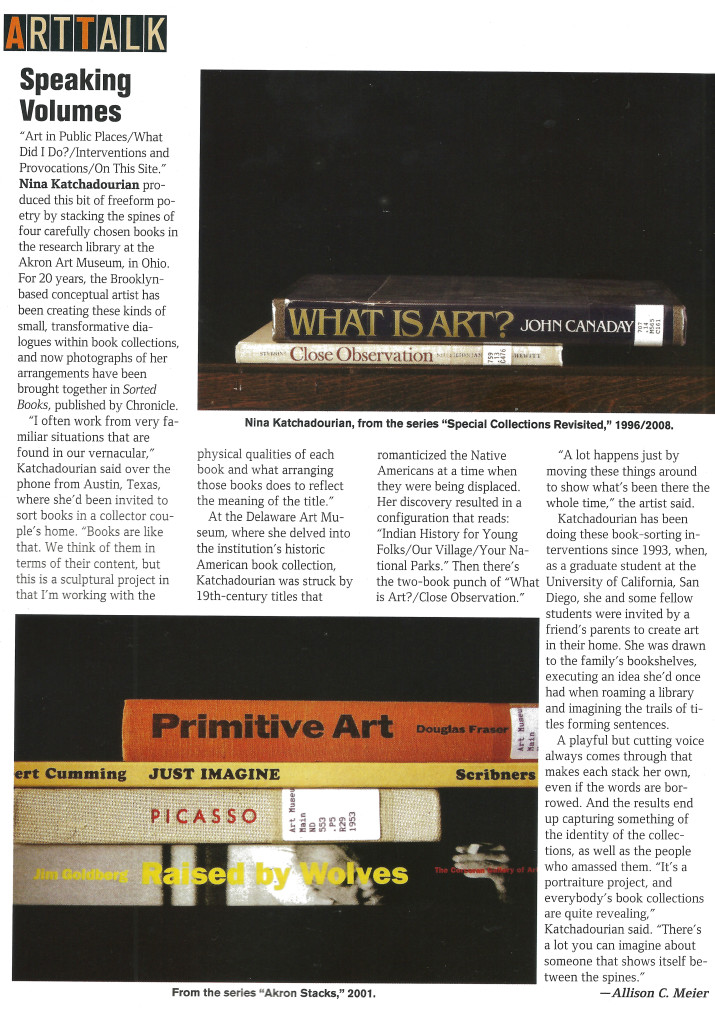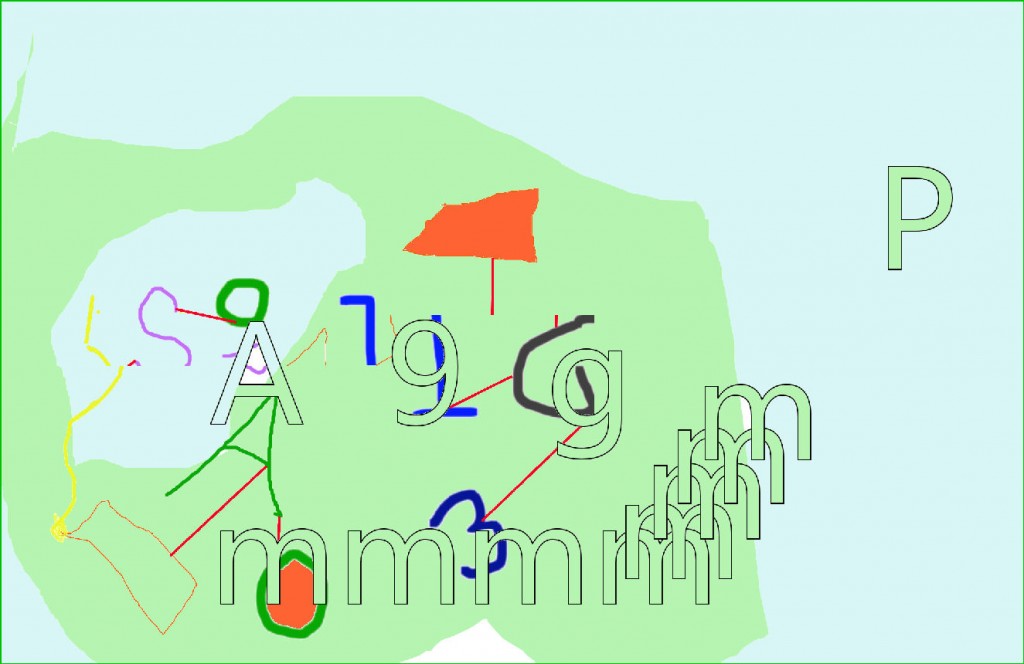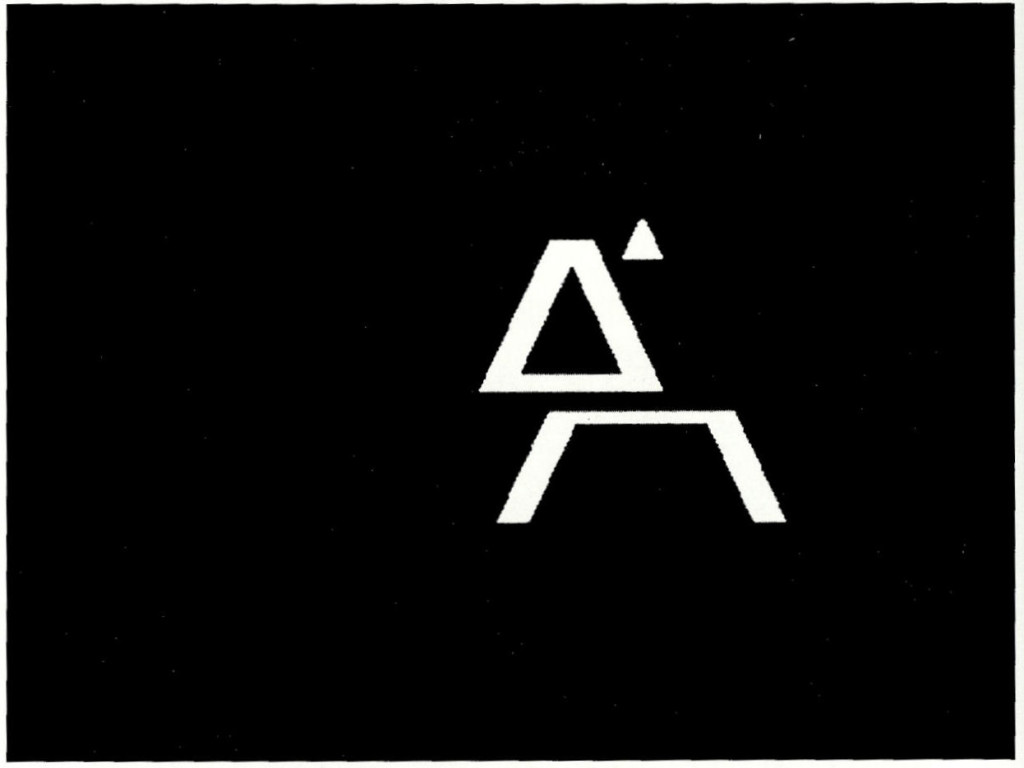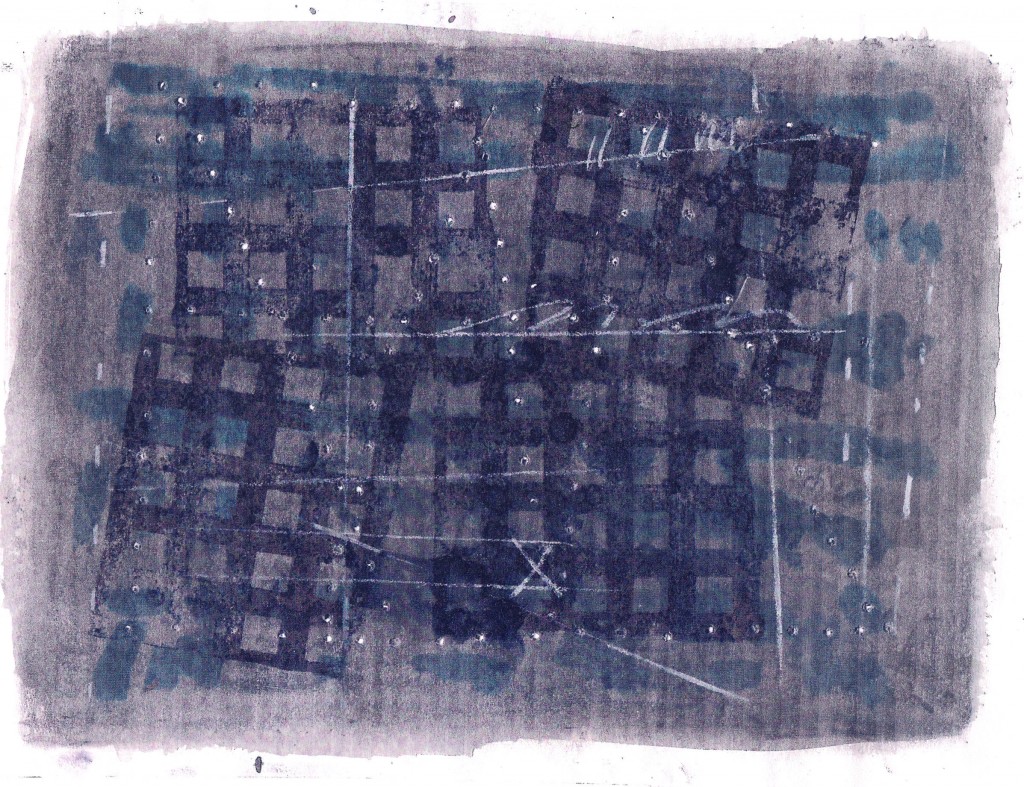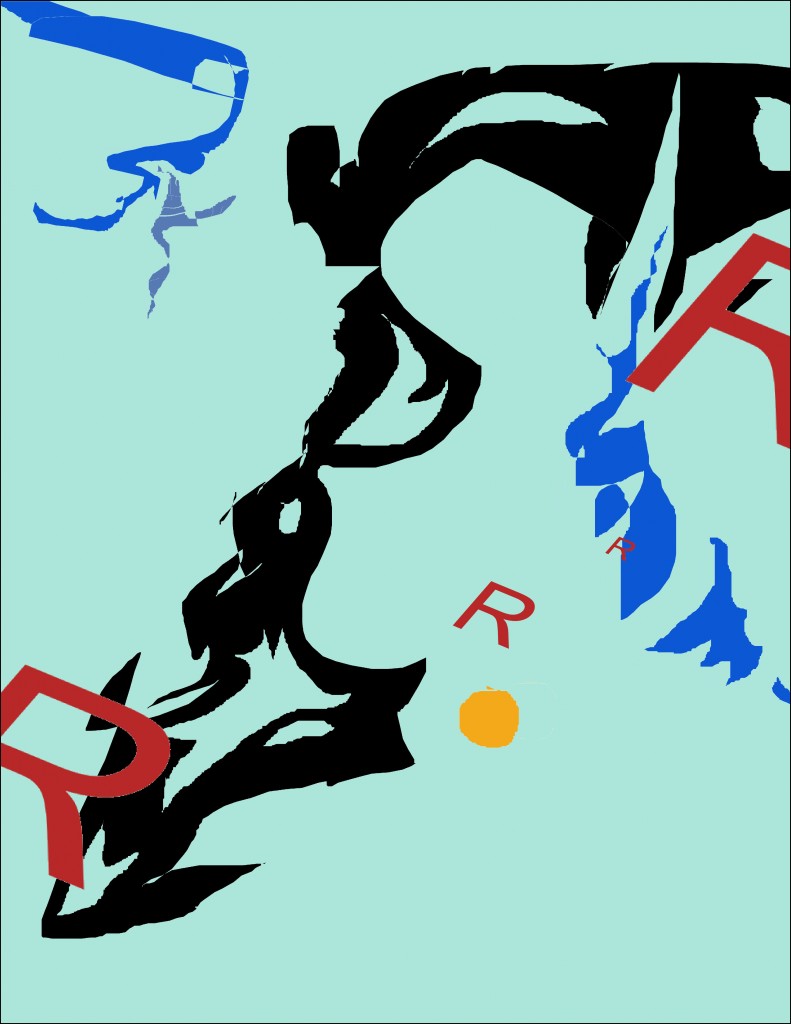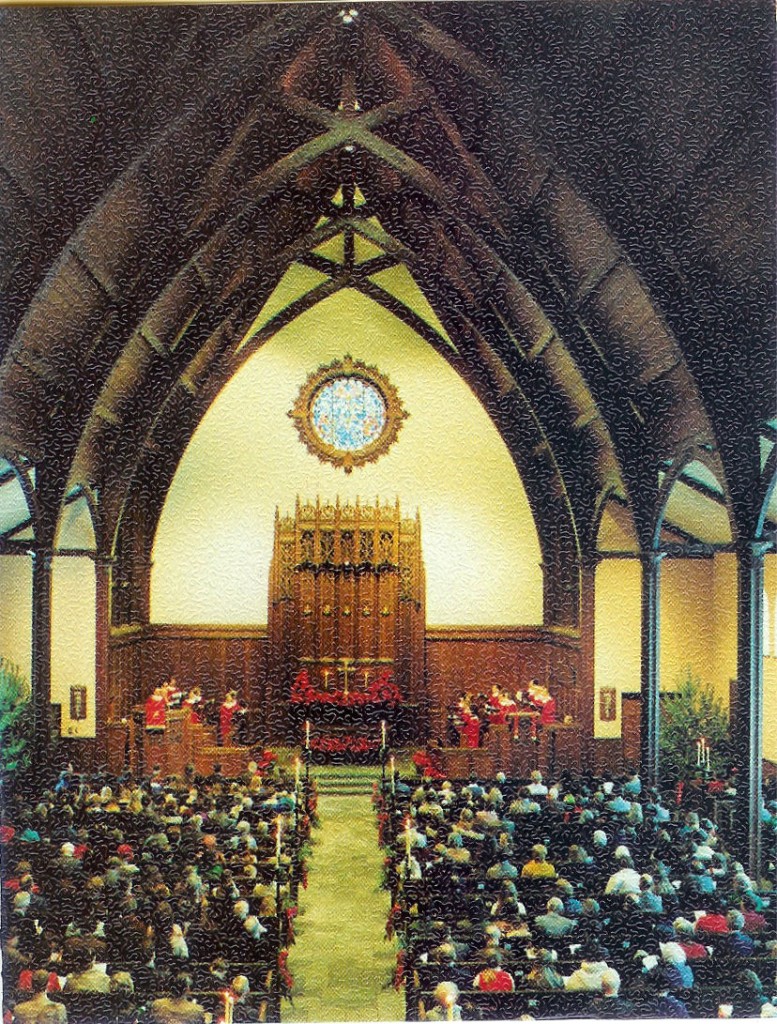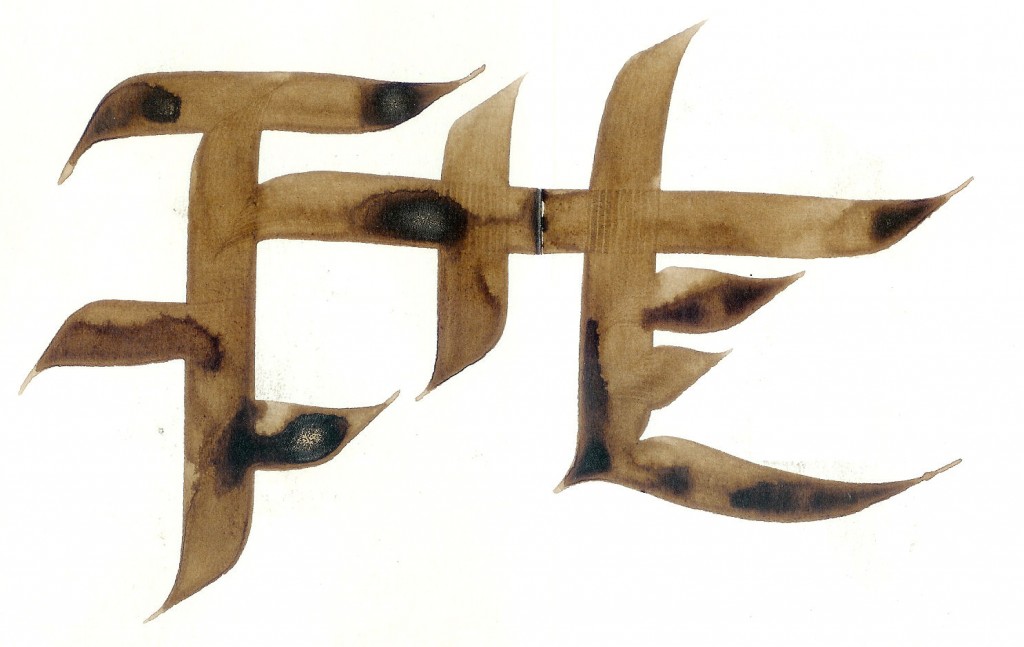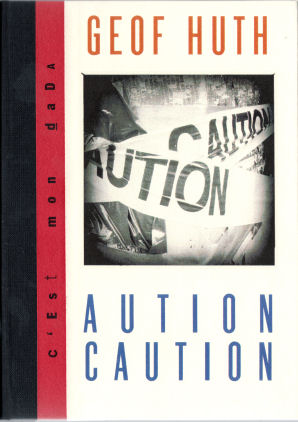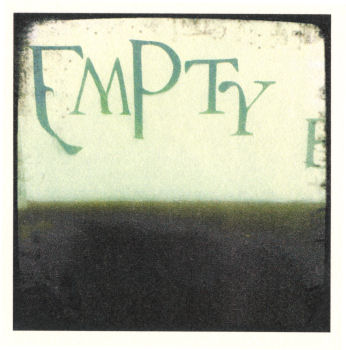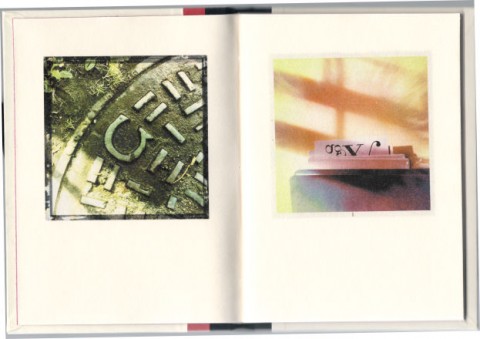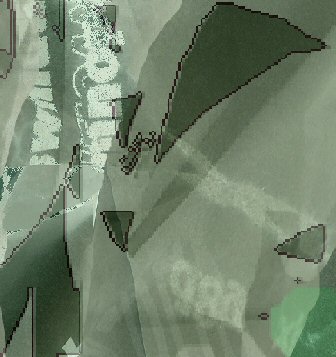Archive for the ‘Scott Helmes’ Category
Entry 1014 — “Haiku #53″
Thursday, February 14th, 2013
Once again, I’m too out of it tp do more here today than post a poem. No matter that the poem I’m posting isn’t a poem but a pen&ink visimage of a poem. It’s from Scott Helmes’s ongoing series of translations of haiku into what I call textual designs. This one arrived with a mail art project he invited me to contribute to and I hope to, if my brain will only revive enough to help me.
It seems to me the epitome of haiku-elegance. So many wonderful touches, like the only image of the nine the piece consists of that is nowhere curved is the central one. The bird I see at the top left is its “season word.” If even the quarter-mind I’ve been operating on of late can see even those things, how much must be there for those with fully-functional (observing) brains–and is there, even for me, but only in pieces in different parts of my brain, unintegrated, ununderstood in the fullest sense of “understood.”
Note: at first I posted this image cropped; I realized that it worked better with its margins restored so restored ‘em.
.
Entry 844 — 3 Major American Poets, Continued
Tuesday, August 28th, 2012
Here are two of John M. Bennett’s works from differential:
Both of these are visual poems, by my standards. So is the one by Guy Beining in yesterday’s entry. I don’t yet consider the one by Scott Helmes a visual poem rather than a visual image (“visimage,” in my aesthetics). But Scott has done more than enough works that are unarguably visual poems for me to consider him a poet.
.
Entry 843 — 3 Major American Poets
Monday, August 27th, 2012
Among some things Guy Beining recently sent me was a copy of what I take to be a Japanese zine from September 2007 the title of which seems to be “d,” the symbol for a differential. It is part French, for it bills itself as a “Revue internationale pour la poesie experimentale.” Among those with work in it are three of my friends whom I am certain will one day be taken as major American poets: Guy, John M. Bennett and Scott Helmes. Here are pieces by Guy and Scott that I thought interestingly similar and dissimilar, Guy being usually down & dirty, Scott generally elegant:
.
Entry 553 — “Haiku #92,” by Scott Helmes
Friday, November 4th, 2011
I stole the work below from Geof Huth’s blog at http://dbqp.blogspot.com/#!/2011/10/3-lines-haiku.html where he accompanies it with some interesting, sensitive words.
Geof says the shapes in this are pieces of letters. Perhaps they are, but few of them seem so to me. Nonetheless, they certainly represent lettered language–and the essence of the haiku form, compressed (not reduced) to the purely visual. A visual depiction of the haiku. Over the past few days I’ve been making posts about how bad the new Penguin anthology of “twentieth century American poetry” is, so what a good anthology of the period would be was on my mind. I wondered what I would do about works like this one of Scott’s. Could I include them? Not if I remained true to the long-agreed-upon meaning of poetry as a construction of words. I decided I’d have a section of such an anthology devoted to “near-poetry.” If there are any good twentieth-century prose poems around, they could also go into it. Automotive poetry, too, like the Ford Mustang, what the hell. I’d call the anthology an anthology of twentieth century American Poetry and Meta-Poetry.
Actually, maybe the issue wouldn’t come up. Scott’s poem is dated 2011. I don’t know when he began his series of “visual haiku”–maybe not before 2000.
.
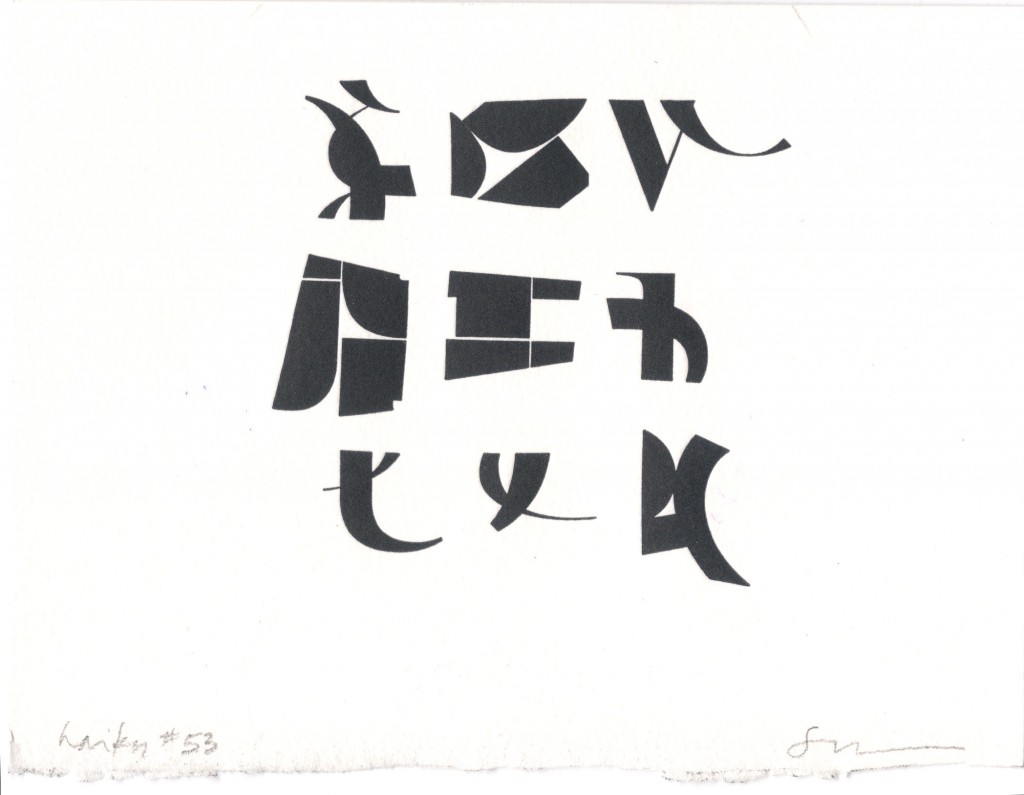
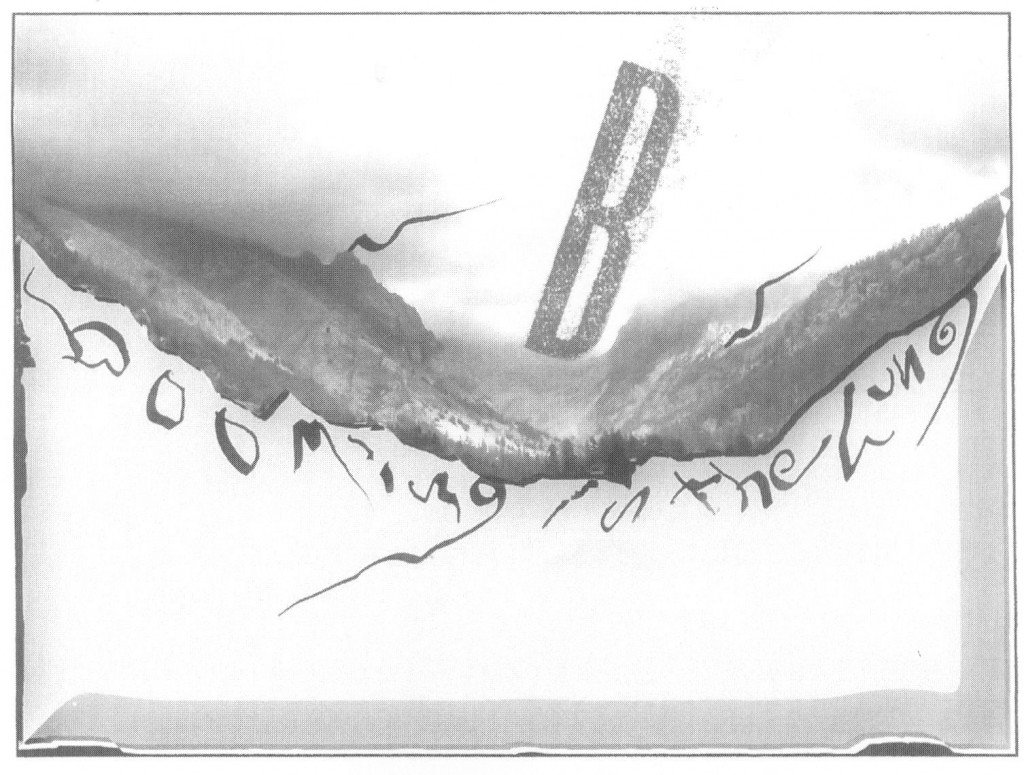
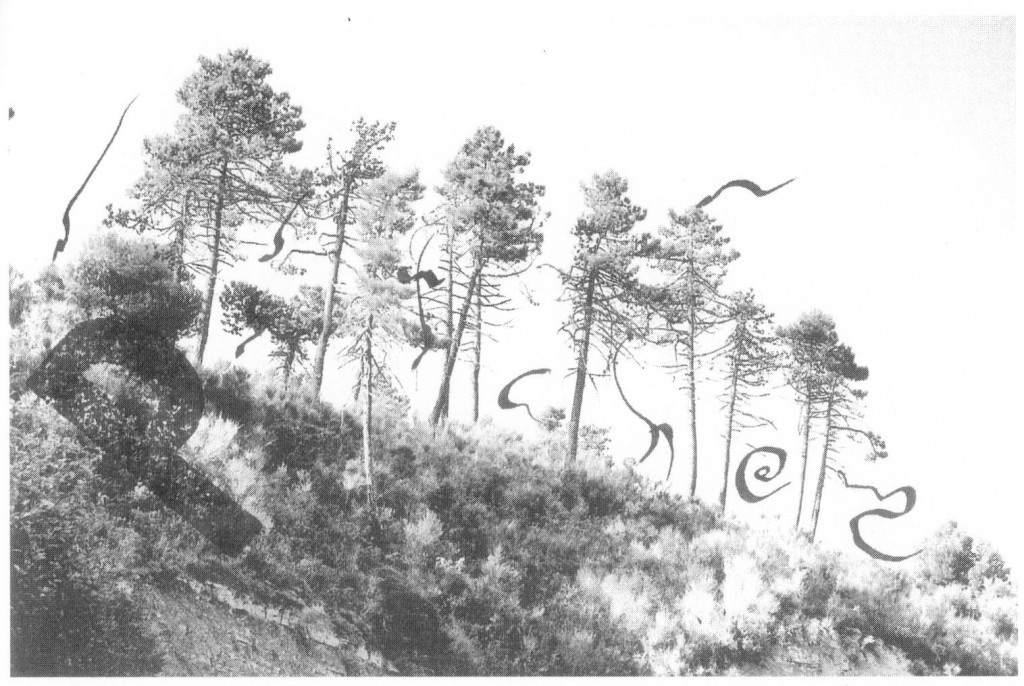
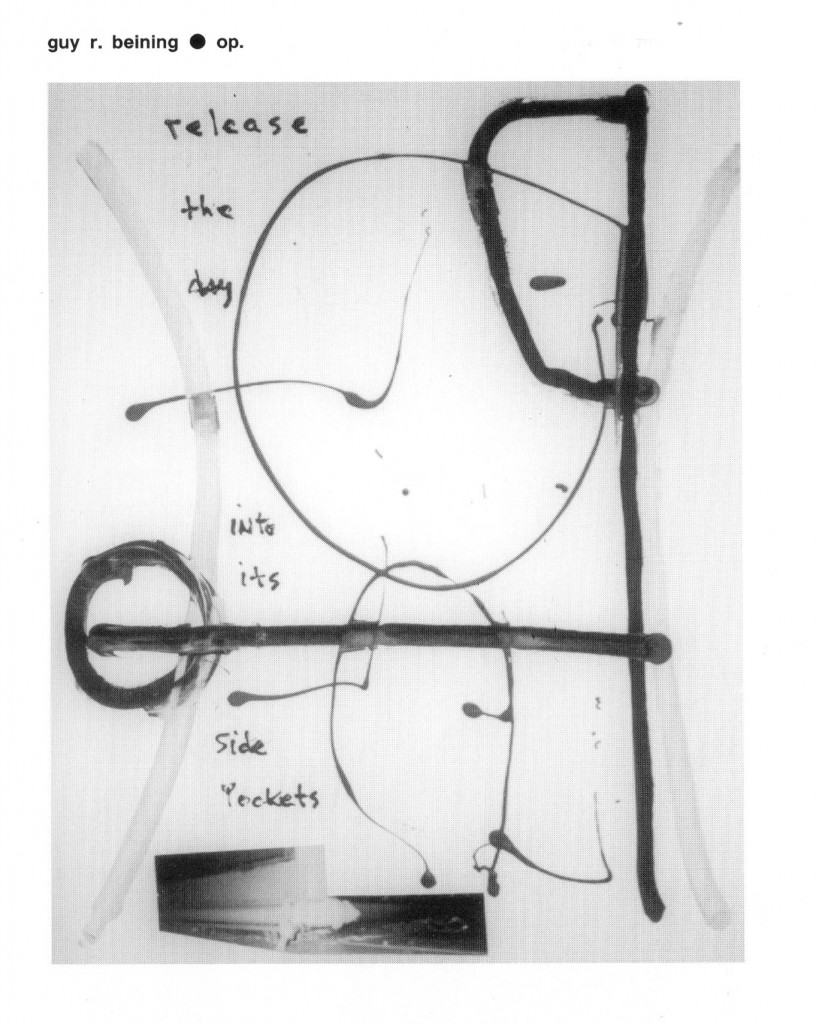
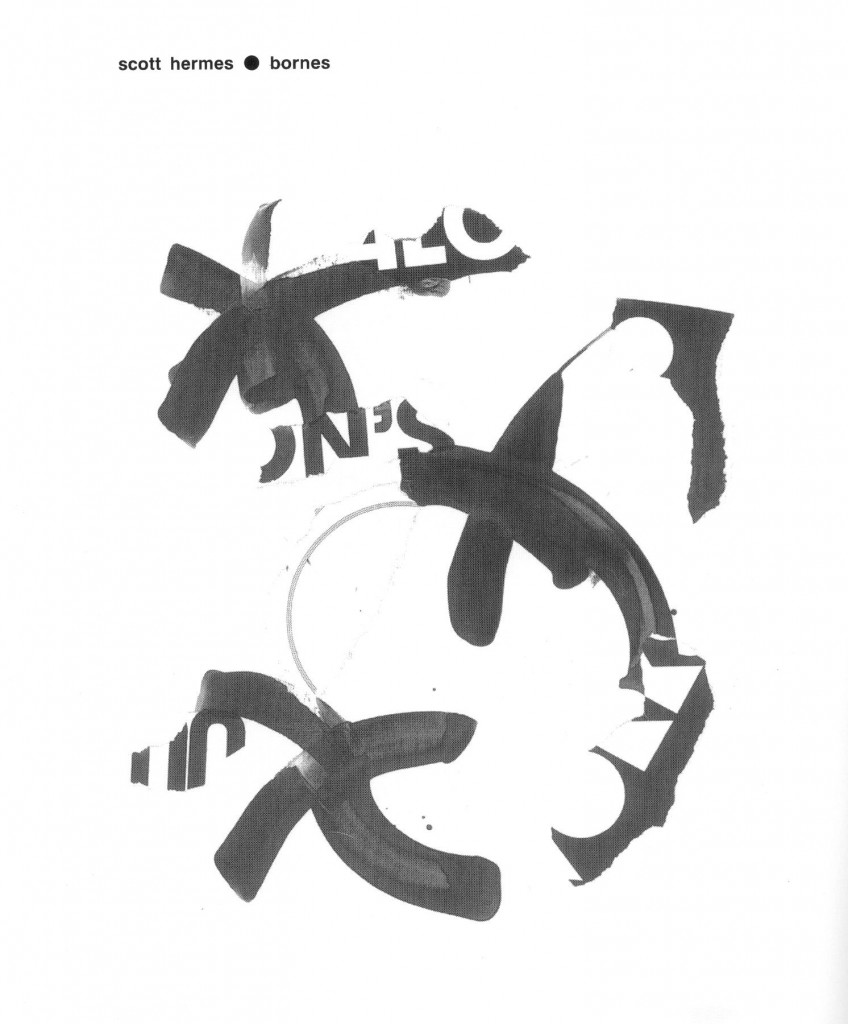
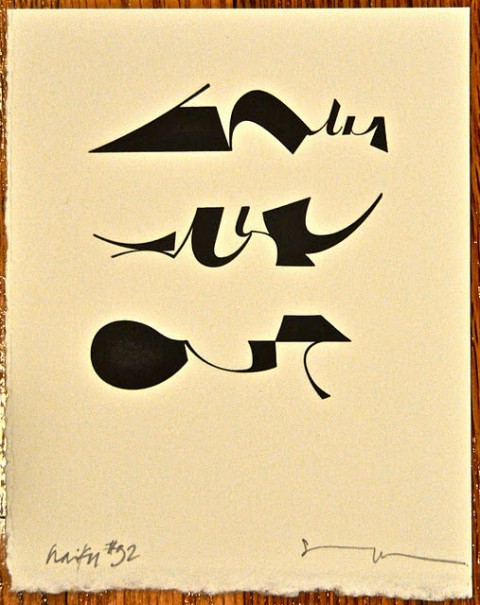
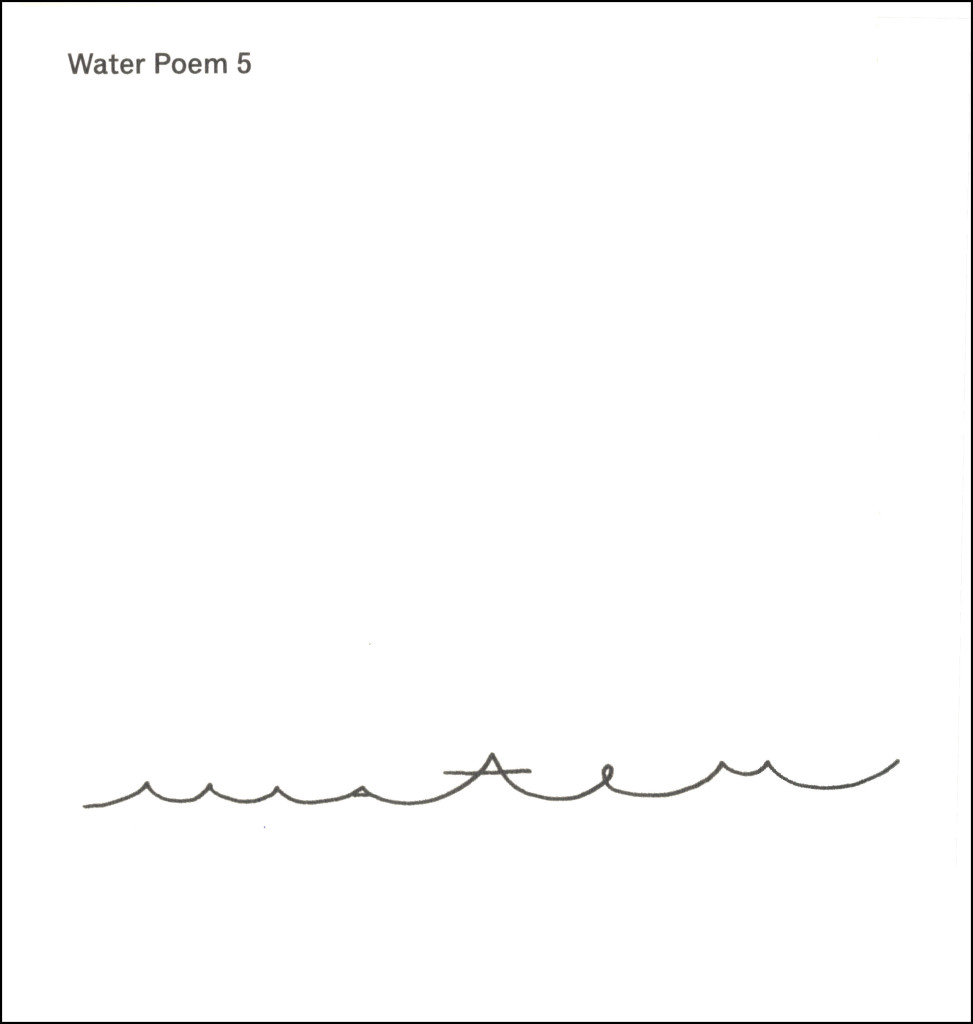

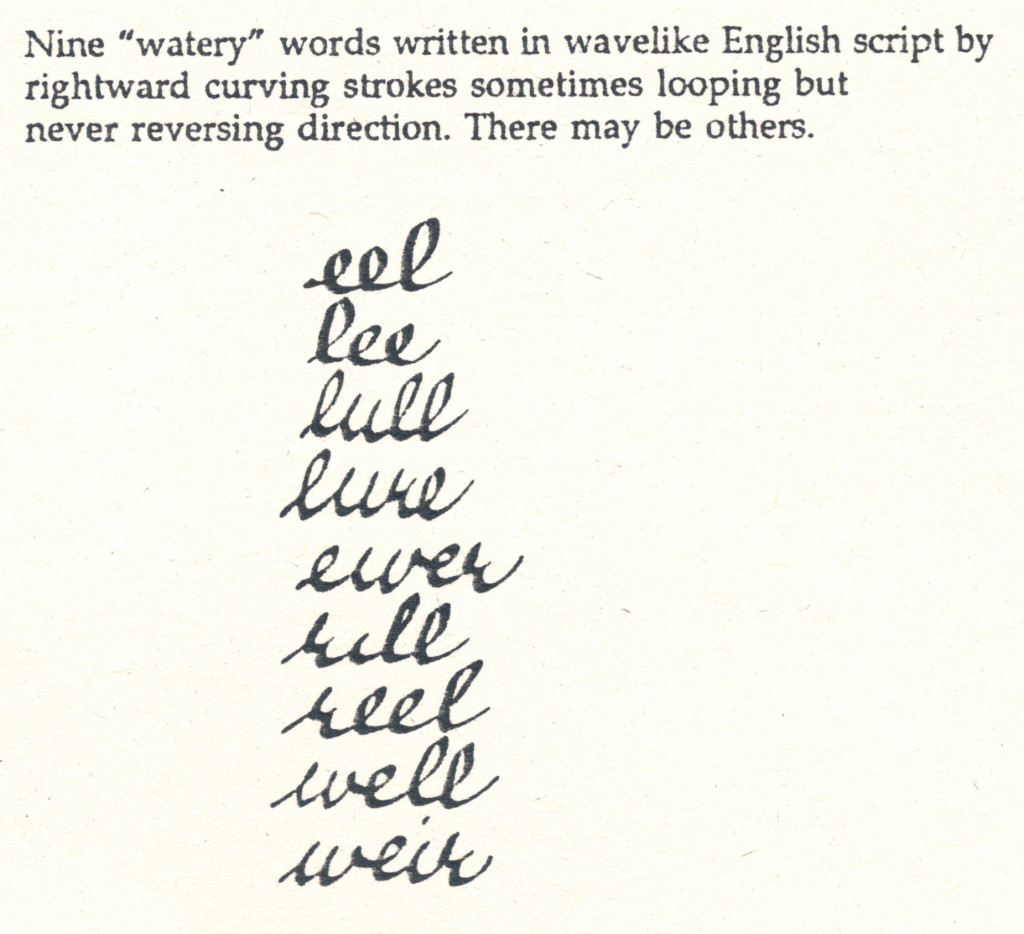
 .
.
